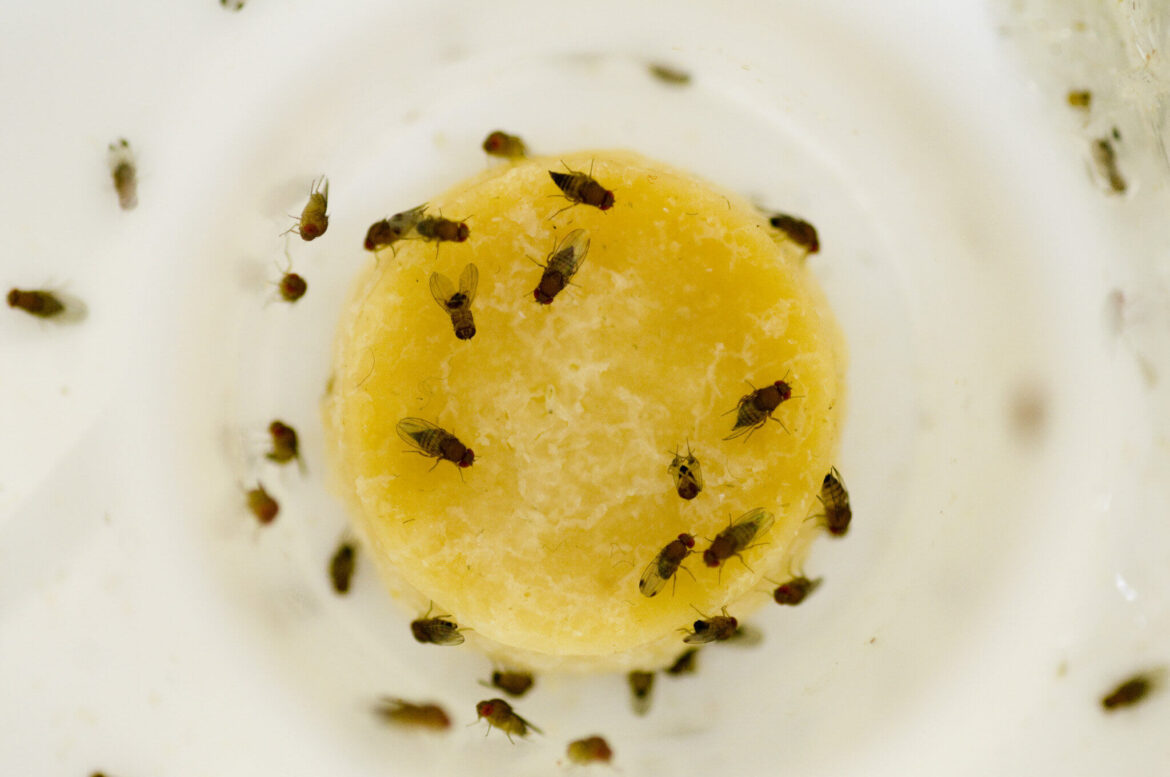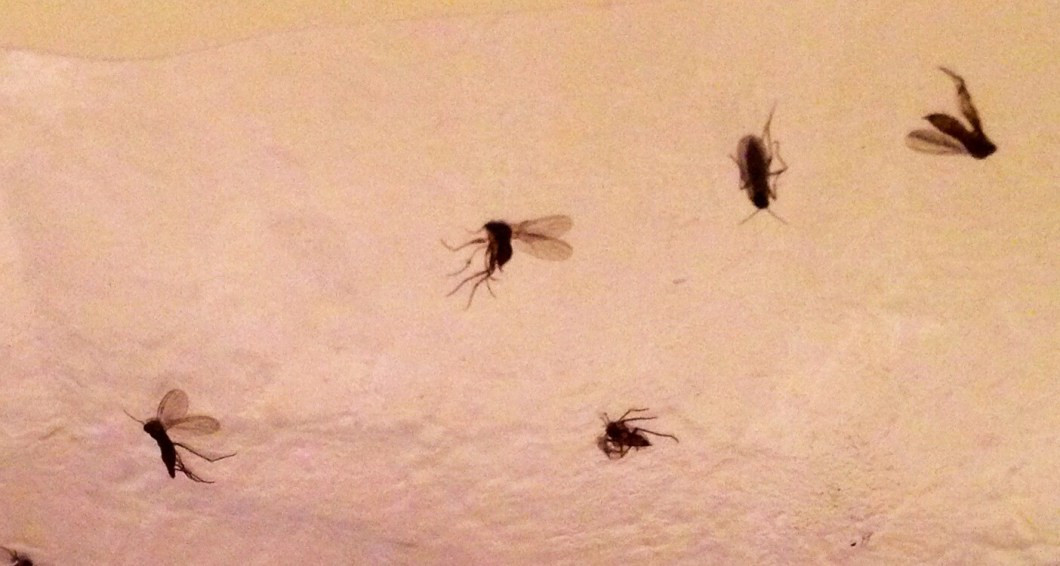Identifying the Culprit

Identifying the specific type of small fly plaguing your bathroom is crucial for effective control. Knowing the culprit allows you to target the right areas for cleaning and prevention, leading to a more efficient and successful solution.
Types of Small Flies in Bathrooms
There are several types of small flies that commonly infest bathrooms, each with distinct characteristics and habits. Recognizing these differences is essential for effective control.
- Fruit Flies: These tiny flies, often called “vinegar flies” or “fruit gnats,” are attracted to fermenting fruit and sugary substances. They are typically 1/8 inch long, with reddish-brown eyes and a yellow-brown body. Fruit flies have a short lifecycle, completing it in a week or less, and their larvae feed on decaying organic matter.
- Drain Flies: Also known as “moth flies,” these flies are attracted to moist, decaying organic matter, often found in drains and sewers. They are typically 1/4 inch long, with long, slender legs and fuzzy wings that resemble moths. Drain flies have a longer lifecycle than fruit flies, taking several weeks to complete. Their larvae feed on bacteria, fungi, and other microorganisms in moist environments.
- Fungus Gnats: These small flies, resembling miniature mosquitoes, are attracted to moist soil and decaying organic matter, often found in potted plants. They are typically 1/8 inch long, with long legs and dark, segmented bodies. Fungus gnats have a short lifecycle, completing it in a week or less, and their larvae feed on fungi and decaying plant matter.
Understanding the Source: Small Flies In Bathroom

Small flies in the bathroom are often a nuisance, but understanding their source is key to effective control. These tiny pests are attracted to specific conditions and breeding grounds, which makes identifying them crucial for preventing future infestations.
Common Breeding Grounds
Small flies in bathrooms often find ideal breeding grounds in damp, organic-rich areas.
- Drains: Drain pipes can harbor decaying organic matter, providing a perfect environment for small fly larvae to thrive.
- Garbage Disposals: Food particles trapped in the disposal unit can attract and feed flies, leading to breeding.
- Damp Areas: Leaky faucets, shower stalls, and wet towels create moist conditions that are attractive to flies.
- Toilet Bowls: If not cleaned regularly, the toilet bowl can become a breeding ground for flies, especially if there is stagnant water.
Attracting Factors
Small flies are drawn to bathrooms due to a combination of factors:
- Moisture: Flies require moisture for their survival and reproduction. Bathrooms, with their inherent dampness, provide an ideal habitat.
- Food Sources: Food particles, spills, and decaying organic matter in drains and garbage disposals provide a food source for flies.
- Warmth: Bathrooms are often warmer than other areas of the house, making them attractive to flies seeking warmth.
Prevention Methods
| Fly Type | Breeding Ground | Attracting Factors | Prevention Methods |
|---|---|---|---|
| Fruit Flies | Overripe fruit, vegetable scraps, drains | Sweet smells, moisture | Clean up spills promptly, dispose of fruit scraps immediately, use drain cleaners |
| Drain Flies | Drains, garbage disposals | Moisture, decaying organic matter | Clean drains regularly, use drain cleaners, avoid pouring grease down drains |
| Moth Flies | Damp areas, drains, sewage systems | Moisture, decaying organic matter | Dry damp areas, clean drains regularly, use dehumidifiers |
Effective Control Measures

Once you’ve identified the source of your fly problem and addressed the underlying issues, it’s time to take action to eliminate the existing flies. Several methods can be employed, ranging from commercially available traps and sprays to natural remedies.
Traps
Traps offer a convenient and effective way to catch flies without resorting to chemical sprays.
- Fruit Fly Traps: These traps typically use a combination of attractants like fruit or vinegar, often mixed with dish soap to prevent the flies from escaping. The sticky surface of the trap captures the flies.
- Yellow Sticky Traps: These traps, often used in agricultural settings, are bright yellow and coated with a sticky substance. Flies are attracted to the color yellow and get stuck on the sticky surface.
- Electronic Fly Traps: These devices use a combination of light and electricity to attract and kill flies. They are often more effective at eliminating larger flies than fruit flies.
Sprays
While traps offer a non-toxic approach, sprays provide a faster and more immediate solution for eliminating flies.
- Insecticidal Sprays: These sprays contain chemicals that kill flies on contact. Choose sprays specifically designed for flies and follow the manufacturer’s instructions carefully.
- Natural Sprays: Several natural ingredients can deter flies, such as peppermint oil, tea tree oil, and lavender oil. Mix a few drops of your chosen oil with water and spray around areas where flies are present.
DIY Fruit Fly Trap
- Gather materials: You will need a plastic bottle (like a soda bottle), apple cider vinegar, dish soap, and a small piece of fruit (optional).
- Cut the bottle: Cut the top portion of the bottle off, leaving a funnel-shaped opening.
- Add the attractant: Pour a few tablespoons of apple cider vinegar into the bottom of the bottle. Add a few drops of dish soap to break the surface tension of the vinegar, preventing the flies from escaping.
- Optional: Add a small piece of fruit to the vinegar mixture for extra attraction.
- Secure the top: Invert the cut-off top portion of the bottle and place it inside the bottom portion, creating a funnel. This will trap the flies.
- Place the trap: Position the trap in areas where you’ve observed fruit flies.
Preventative Measures, Small flies in bathroom
The best approach to fly control is to prevent infestations from occurring in the first place. Here are some preventative measures:
- Regular Cleaning: Clean surfaces, especially in the kitchen and bathroom, regularly to remove food spills and debris that attract flies.
- Sealing Cracks: Seal any cracks or gaps in walls and windows to prevent flies from entering your home.
- Proper Waste Disposal: Dispose of garbage regularly and keep trash cans covered to prevent flies from breeding in your waste.
- Store Food Properly: Keep food covered and store fruits and vegetables in the refrigerator.
- Use Screens: Install screens on windows and doors to keep flies out.
Small flies in bathroom – Small flies in the bathroom can be a real nuisance, often indicating a hidden source of moisture or food. A common culprit is hair, which can easily accumulate on the bathroom floor, attracting these pesky insects. To combat the flies, you’ll need to address the root cause, which often involves tackling the build-up of hair.
Check out this helpful guide on clean hair off bathroom floor for some effective cleaning tips. Once you’ve tackled the hair problem, you should see a significant decrease in the number of small flies buzzing around your bathroom.
Small flies in the bathroom can be a frustrating and unsanitary problem. While keeping the bathroom clean is essential, you might also want to consider the flooring material. Cork bathroom flooring options offer a natural and stylish alternative to traditional tile, and their porous nature can help absorb moisture, potentially reducing the likelihood of attracting those pesky flies.